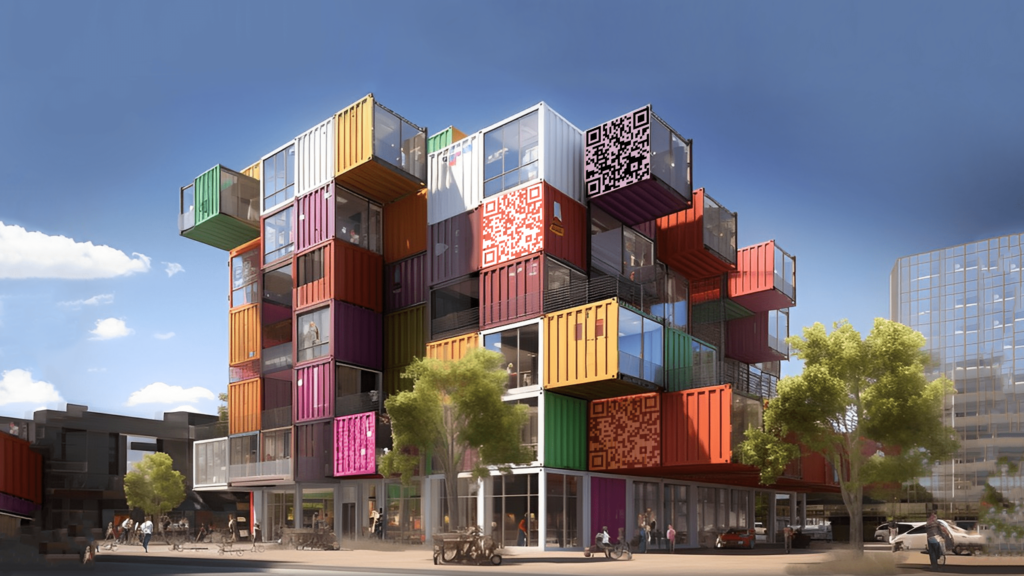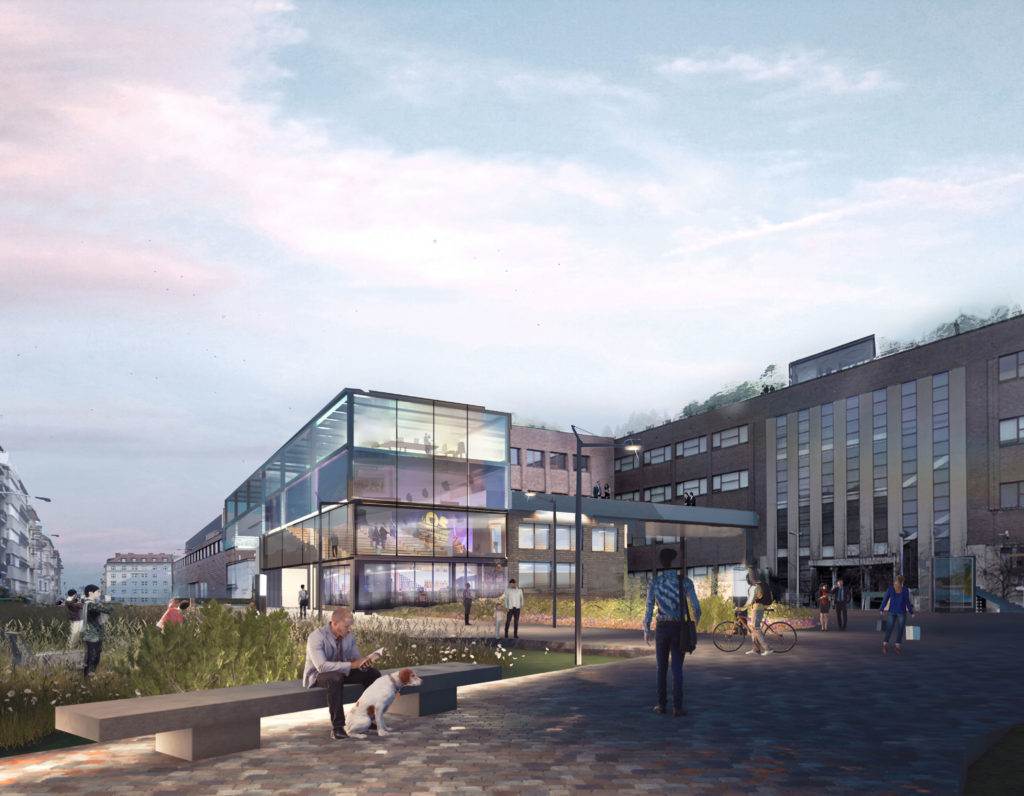Introduction
The project of temporary housing using recycled shipping containers is a groundbreaking and sustainable proposition in the field of residential architecture. It offers an inventive and cost-effective solution to address vacant housing in urban centers by transforming empty plots into communities of temporary homes. Utilizing recycled shipping containers, the project creates an affordable, flexible, and environmentally-friendly housing option for students, young professionals, travelers, and individuals in transition.
The innovative solution
Recycled shipping containers
The core of this innovative solution is the use of recycled shipping containers. These sturdy, versatile structures can be easily repurposed into comfortable living spaces with minimal modification. They are also readily available and can be sourced at a fraction of the cost of traditional building materials.
Affordable, flexible, and eco-friendly
Not only are these container homes cost-effective, but they are also flexible and environmentally friendly. They can be easily moved, stacked, or rearranged, allowing for the efficient use of space in urban environments. Moreover, recycling shipping containers reduces waste and carbon footprint, contributing to a greener, more sustainable future.
Targeted demographics
Students
Container homes offer an affordable and practical solution for students seeking temporary accommodation while attending university or college. This housing option provides them with the freedom to move as their needs change, without the financial burden of long-term leases or mortgage commitments.
Young professionals
Young professionals can benefit from container homes as they often seek affordable and flexible housing options in urban centers. These homes allow them to live near their workplaces while also providing them the opportunity to save money and establish a strong financial foundation.
Travelers
For travelers seeking short-term accommodation, container homes provide a unique and affordable option. They offer a comfortable and secure place to stay, allowing travelers to explore new cities without breaking the bank.
People in transition
Individuals going through life transitions, such as divorce, job loss, or relocation, can find temporary solace in container homes. These homes provide an affordable and flexible housing option that can be adapted to their changing circumstances.
QR code facades
The housing units’ facades feature QR codes that connect the homes with potential tenants, offering a transparent and flexible rental solution. By scanning the QR codes, interested parties can access relevant information about the container home and
initiate the rental process. This innovative approach simplifies the rental experience and eliminates the need for traditional paperwork or intermediaries, streamlining the entire process.
Rent pricing and fairness
The rent prices for these container homes are based on the square meter and the vacancy rate of the neighborhood. This pricing model ensures an economical and equitable solution for both tenants and landowners of vacant plots. By offering competitive rent prices, the project attracts potential residents and helps revitalize underutilized urban spaces.
Interactive website
An interactive website further enhances the temporary housing experience by adding a playful dimension and fostering community participation. The website allows users to vote for more or fewer containers in their neighborhood, providing valuable input on local housing needs.
Community participation
The interactive website encourages community involvement by providing a platform for users to express their opinions on the presence of container homes in their area. This feature not only gives residents a voice in shaping their neighborhood but also fosters a sense of ownership and belonging within the community.
Visual impact simulation
Another engaging feature of the website is the visual impact simulation. This tool allows users to simulate the appearance of container homes on their street, helping them visualize the potential impact of the project on their surroundings. This functionality promotes transparency and helps address any concerns residents may have about the introduction of container homes into their community.
Conclusion
The temporary housing project using recycled shipping containers is a valuable contribution to residential architecture practice. Its innovative and sustainable approach addresses the issue of vacant housing in urban centers while providing an affordable, flexible, and eco-friendly solution for a diverse range of individuals. The project’s unique features, such as QR code facades, fair rent pricing, and the interactive website, create a seamless and engaging housing experience that caters to the modern urban dweller.
FAQs
- What materials are used to construct these container homes?
Recycled shipping containers form the primary structure of these homes, reducing waste and providing an eco-friendly alternative to traditional building materials. - How are the container homes insulated and weatherproofed?
The container homes are fitted with proper insulation, weatherproofing, and ventilation systems to ensure a comfortable living environment in various climates. - Can container homes be customized according to individual preferences?
Yes, container homes can be tailored to meet specific requirements, such as layout, design, and amenities, offering a personalized living experience. - Are these temporary housing units suitable for families?
While primarily designed for individuals or couples, container homes can be combined or adapted to accommodate larger families or groups, depending on space and layout requirements. - How secure are container homes?
Container homes are constructed with durable materials and designed to provide a safe and secure living space, with appropriate security measures, such as locks and surveillance systems, in place.


